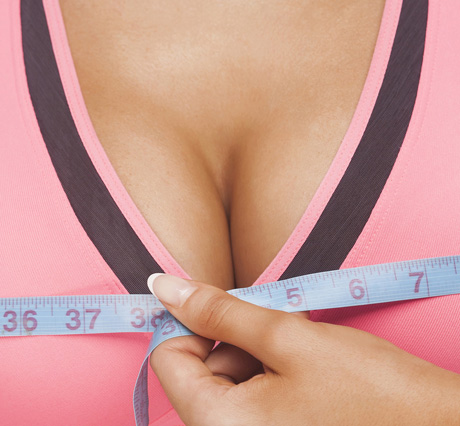Breast Reduction
lthough big breasts were accepted as a symbol of femininity and a necessity of motherhood in ancient times, it has become a problem in our time with the change of aesthetic standards.For this reason, women have sought breast reduction and as a result today’s techniques have been developed.Breast reduction surgeries are applications that eliminate these problems.After this procedure, the breast size is reduced and a more aesthetic appearance is obtained.
If your breast size is larger than normal, if it causes back, neck and waist pain, if you have trouble choosing clothes because of your breast size, or if bra marks bother you, you are a suitable candidate for breast reduction.
WARNING: This site has been prepared for informational purposes. It does not provide health services. The information given on the site should not be used in the field of diagnosis and treatment. All responsibility arising from the opposite situation belongs to the visitor. The person visiting this site is deemed to have accepted these warnings.

Frequently Asked Questions
If you think that your problems are caused by breast size, you should consult a plastic surgeon and talk about this in detail.In this meeting, you should openly talk about your expectations from the surgery and ask your surgeon what you expect after the surgery.In this meeting, you will be discussed with you about breast size, how much the sagging will improve, whether you will have a child and breastfeeding, the status of your surgical scars and you will be examined by your surgeon.
Breast development must be completed in order to perform breast reduction surgeries. However, if it affects psychosocial development, breast reduction surgery can be performed without waiting for this process. There is no upper age limit for breast reduction surgeries.
In elderly patients, preoperative mammography or ultrasonography should be performed in case of a palpable mass on examination. After the anesthesia interview and the pre-operative examinations, after a fasting period of 7-8 hours before the operation, the surgery finally comes.
For normal lactation, it is necessary to have a connection with the milk ducts to the nipple and the presence of sensitivity of the nipple.After a surgical intervention that does not impair these anatomical and physiological features, breastfeeding is not impaired.The sensitivity of the nipple is necessary for the hormones stimulated during breastfeeding to initiate milk secretion. It has been shown that breast reduction surgeries do not reduce nipple sensitivity.However, in very large breasts, the surgical technique in which the nipple is carried freely, although rarely, may have to be applied. In this case, since the relationship between the milk ducts and the nipple will be disrupted, the lactation function will be impaired.
In this surgery, since the breast mass is reduced and the nipple is moved to where it should be, some skin is also removed. For this reason, techniques called reverse T-trace and in which most of the scars are hidden in the under-breast fold are applied.The scars are pink in color and more noticeable at first, they fade over time and turn into skin color and do not disturb the patient.
Since breast reduction surgeries cause reduction of breast tissue, they reduce the risk of developing breast cancer. In addition, since the tissues removed for surgery are sent for pathological examination, it can be said that breast reduction surgeries reduce the risk of developing breast cancer.
Many methods have been described for breast reduction surgery. Preoperative drawings will be made according to the method to be chosen, and the breast will be reshaped by removing excess skin, fat and breast tissue during the surgery, adhering to the design.The duration of the operation varies between 2-4 hours, depending on the technique used. You are allowed to stand up and eat at the 4th hour after the surgery. The postoperative hospital stay is 1 day.
In the first few days, a vacuum bag called a drain is used to collect blood and serum leaks that may occur in the operation area. Depending on the amount received, this drain is removed after 1-2 days. You are allowed to take a bath 2 days after the drains are removed.
After a week, the patient can return to work and become able to do housework. Heavy sports are avoided in the first 3 months.There may be pain in the first days and these pains can be easily controlled with painkillers. In time, the pain will decrease and you will be able to do your movements easily.It will be in your best interest to stay away from applications such as edema-increasing hot baths and spas for a few weeks.


